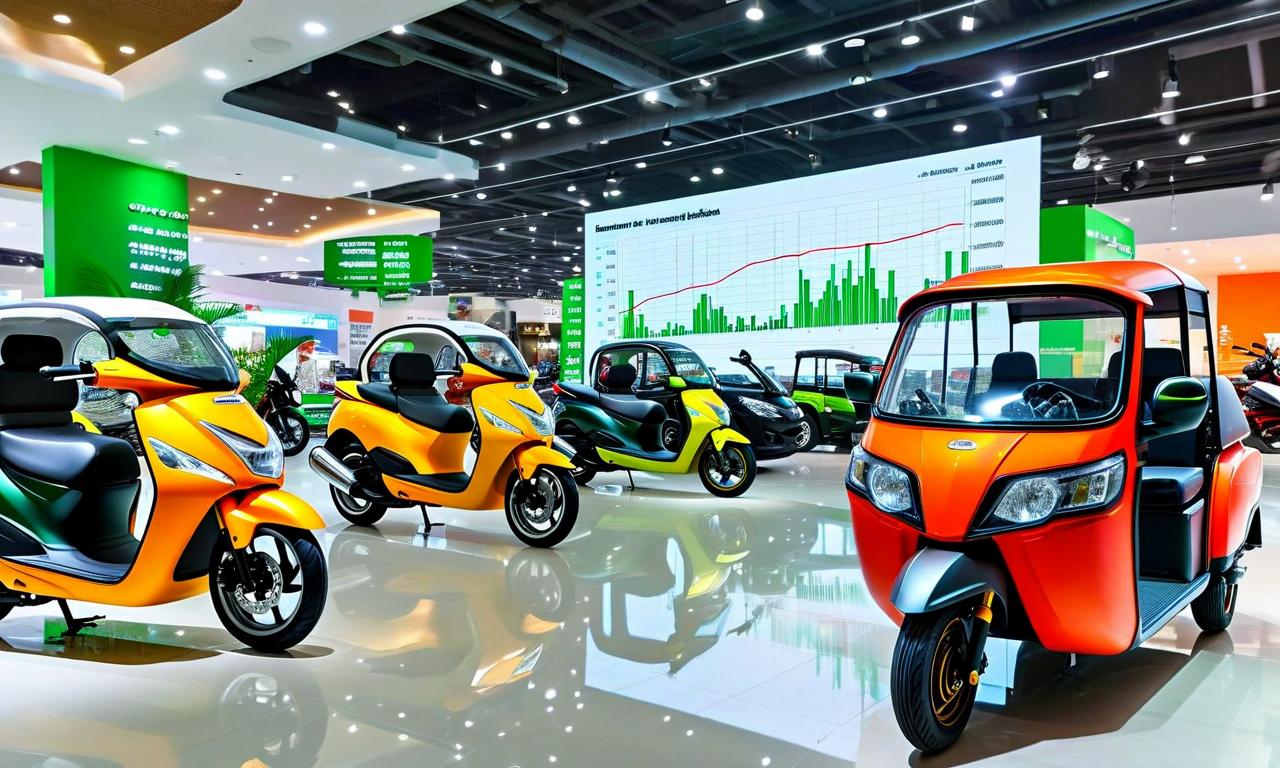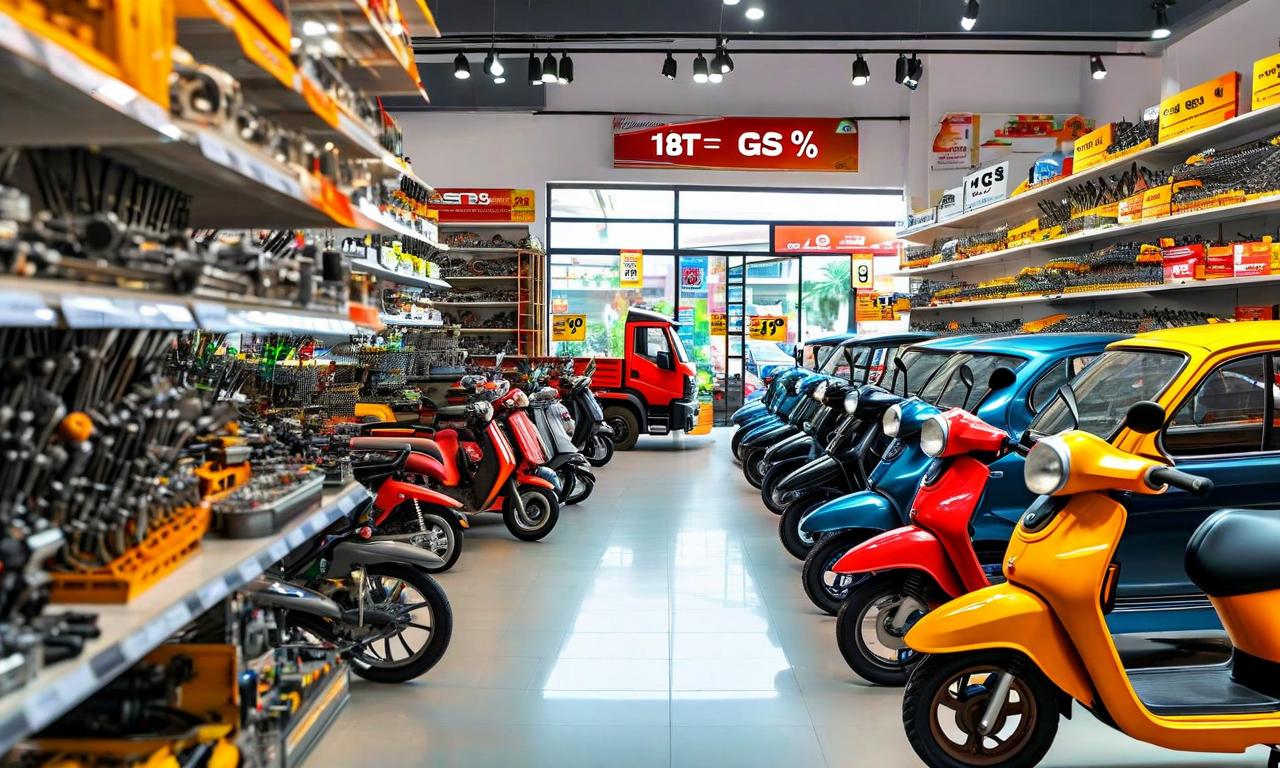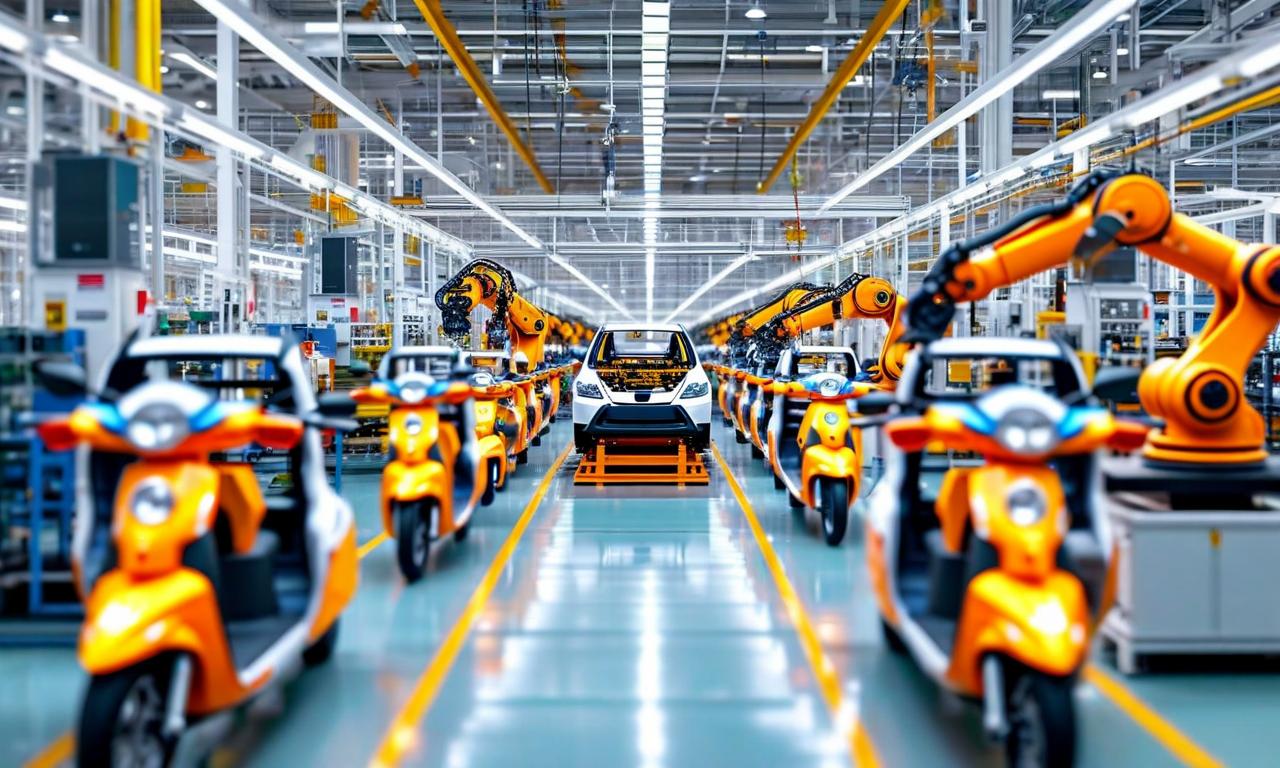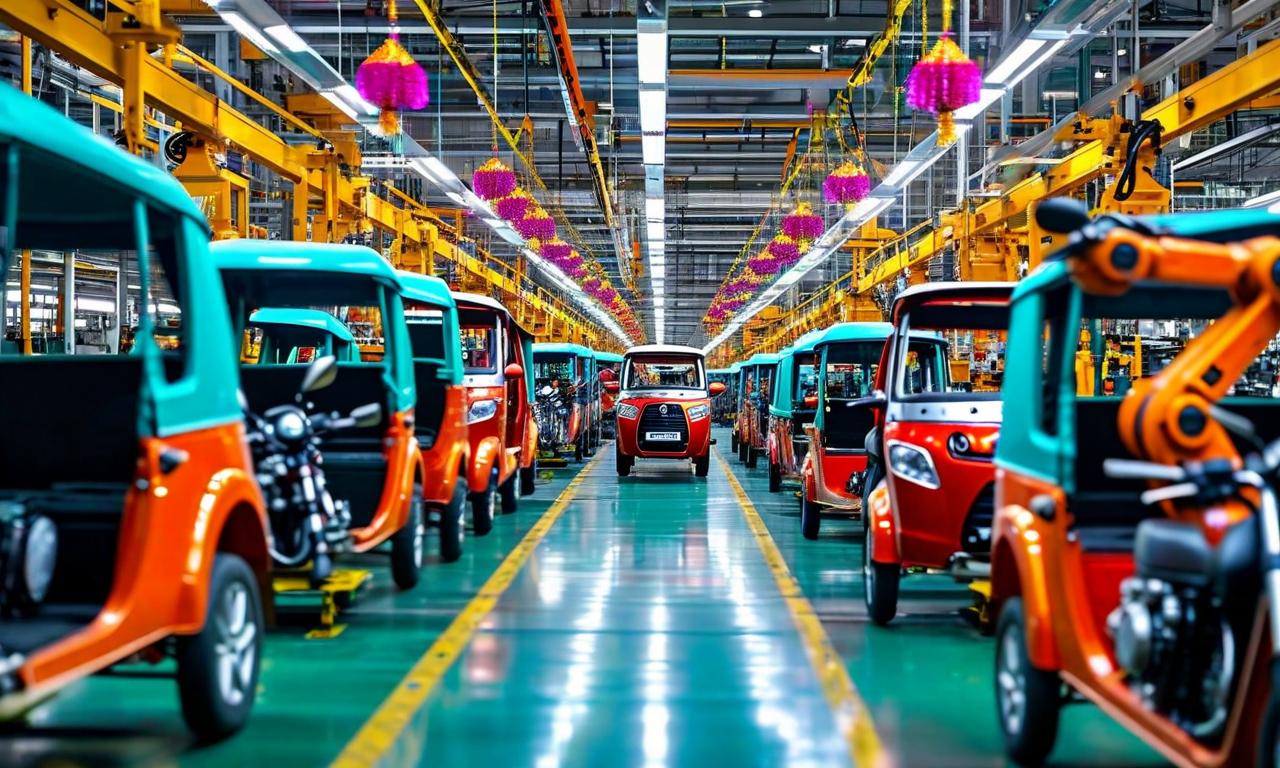Auto Sector Rallies as GST 2.0 Slashes Taxes, Trade Minister Addresses FTA Talks
The GST 2.0 reforms have introduced significant tax cuts across various vehicle categories in India, leading to reduced prices and improved demand visibility. Automakers like Tata Motors, Mahindra & Mahindra, and Hyundai are passing on benefits to customers through price reductions. The Nifty Auto index surged 12% in response. Three-wheelers see GST reduced to 18%, while premium two-wheelers face increased taxes. Electric vehicles remain unaffected with 5% tax rates. India's Trade Minister indicated that automotive suppliers are not seeking protection in free trade agreement negotiations, suggesting confidence in the industry's global competitiveness.

*this image is generated using AI for illustrative purposes only.
The Indian auto sector received a significant boost as the GST 2.0 reforms introduced sweeping tax cuts across various vehicle categories, leading to reduced prices and improved demand visibility. The reforms have sparked a wave of optimism among investors and consumers alike, with the Nifty Auto index surging 12.00 percent in response to the news.
Tax Cuts Across Vehicle Categories
The GST 2.0 reforms have implemented tax reductions on a wide range of vehicles:
- Small cars
- SUVs
- Two-wheelers
- Tractors
- Auto components
These tax cuts are expected to make vehicles more affordable for consumers, potentially driving up demand across various segments of the auto market.
Automakers Pass on Benefits to Customers
In response to the tax cuts, multiple automakers have announced price reductions to pass on the benefits to their customers. Some of the prominent companies that have declared price cuts include:
- Tata Motors
- Mahindra & Mahindra
- Hyundai
- Toyota Kirloskar Motor
- TVS Motor Company
- Bajaj Auto
- Hero Motocorp
- Eicher Motors
This move is likely to stimulate consumer interest and boost sales across the industry.
Impact on Three-Wheelers and Premium Two-Wheelers
The reforms have had varying impacts on different vehicle segments:
Three-Wheelers
GST on three-wheelers has been slashed to 18.00 percent, making them more affordable for Tier-II and Tier-III markets. This reduction is expected to drive growth in this segment, particularly in smaller cities and rural areas.
Premium Two-Wheelers
Motorcycles with engine capacity above 350cc face a negative impact, with tax rates rising to 40.00 percent. This increase may affect brands like Eicher, which specializes in premium motorcycles.
Stock Market Response
The auto sector reforms have triggered a positive response in the stock market:
- The Nifty Auto index climbed 12.00 percent, reflecting investor optimism about lower taxes spurring demand and improving profitability.
- Heavyweight stocks such as Eicher, Mahindra & Mahindra, and Ashok Leyland reached fresh highs.
- Brokerages, including Bank of America, issued buy calls on Maruti Suzuki and Mahindra & Mahindra, citing strong demand recovery prospects.
Electric Vehicles Remain Unaffected
Electric vehicles (EVs) remain unaffected by the new tax reforms, with their tax rates steady at 5.00 percent. This stability in EV taxation may continue to support the government's push towards electric mobility.
Trade Minister's Statement on FTA Talks
India's Trade Minister has stated that automotive suppliers are not requesting protection in free trade agreement (FTA) negotiations. This stance suggests that the auto component industry is confident in its competitiveness on the global stage. The minister also indicated that these trade deals will allow a wider range of car options to enter the Indian market, potentially offering consumers more choices and fostering increased competition in the automotive sector.
Conclusion
The GST 2.0 reforms have injected new life into the Indian auto sector, with tax cuts leading to price reductions across various vehicle categories. As automakers pass on the benefits to consumers, the industry anticipates stronger demand and improved profitability. While most segments stand to gain from these reforms, premium two-wheeler manufacturers may face challenges due to increased tax rates. Additionally, the Trade Minister's comments on FTA negotiations suggest a more open approach to international trade in the automotive sector.






































